Self-employed hairdressers, also known as independent beauty professionals, often juggle multiple roles—stylist, receptionist, marketer, and accountant—all at once. Managing appointments, monitoring finances, and growing your brand can be challenging, especially if you’re a mobile hair professional who travels to clients’ homes. Leveraging the best apps for freelance hairdressers allows you to streamline administrative tasks and focus on what truly matters: delivering exceptional hairstyles and client experiences.
From appointment booking tools that optimize scheduling to finance apps for hairdressers that track income and expenses, there are numerous hairdresser business tools specifically designed for solo salon owners. By integrating these resources into your daily routine, you’ll elevate your efficiency, reduce missed appointments, and maintain a more professional image.
In this article, we’ll explore a variety of top software for independent hairstylists, ranging from salon management software with in-depth CRM features to self-employed stylist productivity apps that keep your day organized. Each tool offers unique benefits, so you can decide which aligns best with your beauty service model. Let’s dive in.
Table of Contents
Why the Best Apps for Self-Employed Hairdressers and Freelancers Matter
Working as a self-employed hairstylist offers the freedom to set your own hours and personalize your brand. However, this autonomy comes with the responsibility of managing all the behind-the-scenes tasks typically handled by a salon’s support staff. Using essential tools for mobile hairdressers can significantly simplify your daily operations:
- Streamlined Scheduling:
For solo salon owners, missing or double-booking an appointment impacts both your income and reputation. Salon scheduling apps like Booksy or Fresha ensure that clients always have an up-to-date view of your availability. - Improved Professionalism:
Appointment booking tools and automated reminders reduce no-shows, while finance apps for hairdressers help you issue error-free invoices. These polished processes foster trust and loyalty among your clientele. - Time Optimization:
Automating tasks such as client communication or inventory management frees you to focus on creativity and client care. - Financial Clarity:
Independent beauty professionals must stay on top of taxes, expenses, and revenue. Proper salon management software with integrated accounting features reduces the likelihood of financial missteps. - Client Engagement:
Many mobile apps for hair professionals incorporate marketing or social media scheduling tools. This helps you create consistent content for platforms like Instagram or Facebook, showcasing your work to potential clients.
Ultimately, the best apps for self-employed hairstylists serve as the backbone of an efficient, customer-centric, and profitable operation.
Also Read – Best Apps for HVAC Technicians in 2025
How to Choose the Right Salon Management App for Independent Hairstylists
Selecting an app isn’t just about picking the one with the most features; it’s about aligning the tool with your specific needs as a styling professional. Here’s how to narrow down your options:
- Assess Your Primary Challenges:
- Do you struggle with appointment organization?
- Are tax filings and finances a headache?
- Do you need help creating a professional portfolio or boosting social media presence?
- Check Scalability and Add-Ons:
- If you’re planning to hire an assistant or junior stylist, look for apps that allow multiple users.
- Some tools let you integrate extra features like email marketing, inventory tracking, or payroll.
- Evaluate Ease of Use:
- An app’s user-friendliness is crucial. Check reviews or tutorials to gauge how intuitive the interface is for beauty service providers.
- Integration Potential:
- Appointment booking tools that sync with your calendar, accounting software, or even social media platforms can save you hours of manual work.
- Consider Pricing Tiers:
- Some apps offer a freemium model but charge for advanced features.
- Others use a monthly subscription. Make sure the cost aligns with your budget and feature set.
Taking the time to address these points ensures that you invest wisely in hairdresser business tools that truly support your solo salon ambitions.
1. Booksy
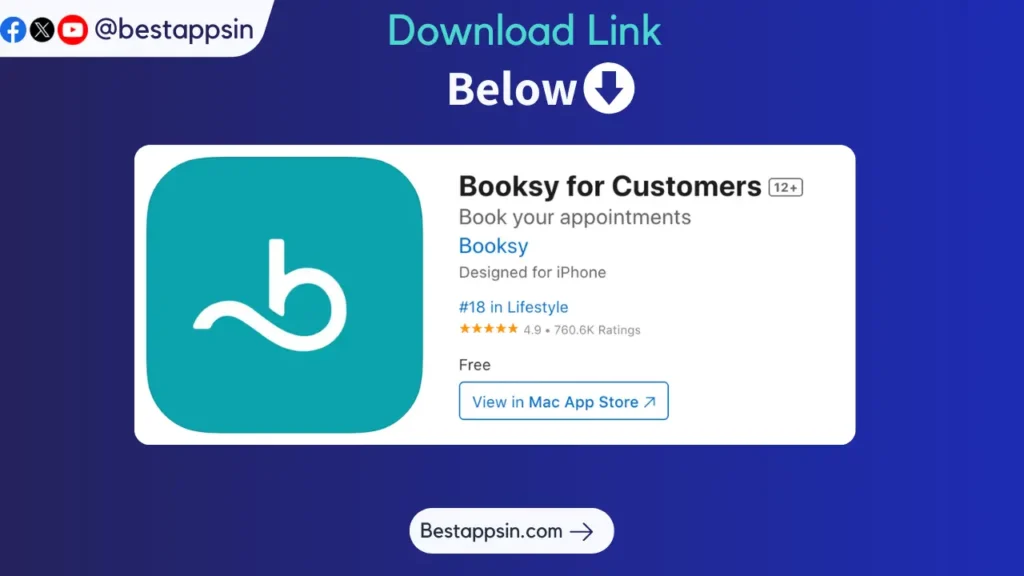
Features
- Online Booking & Scheduling: Clients can view your calendar and book anytime.
- Automated Reminders: Reduces no-shows with timely notifications.
- Client Management: Track service history and client preferences.
- Payment & Deposits: Accept card payments and require deposits for high-demand slots.
- Marketing Tools: Launch promotions and special offers to attract new clients.
Use Cases
Ideal for solo salon owners seeking an all-in-one salon management software solution. If you provide on-site services as a mobile hair professional, Booksy’s user-friendly interface and integrated reminders keep you organized.
Pricing
- Free Trial: Usually a limited-time trial is available.
- Monthly Subscription: Starts around $29.99/month, tiered pricing for more advanced features.
Pros and Cons
| Pros | Cons |
|---|---|
| Intuitive interface | Some add-on marketing tools can be pricey |
| Automated reminders reduce no-shows | Limited branding customization |
| Tracks client history effectively | Not all features included in base subscription |
Ready for a robust, all-in-one solution? Explore Booksy and streamline your hairstyling business.
2. Square Appointments
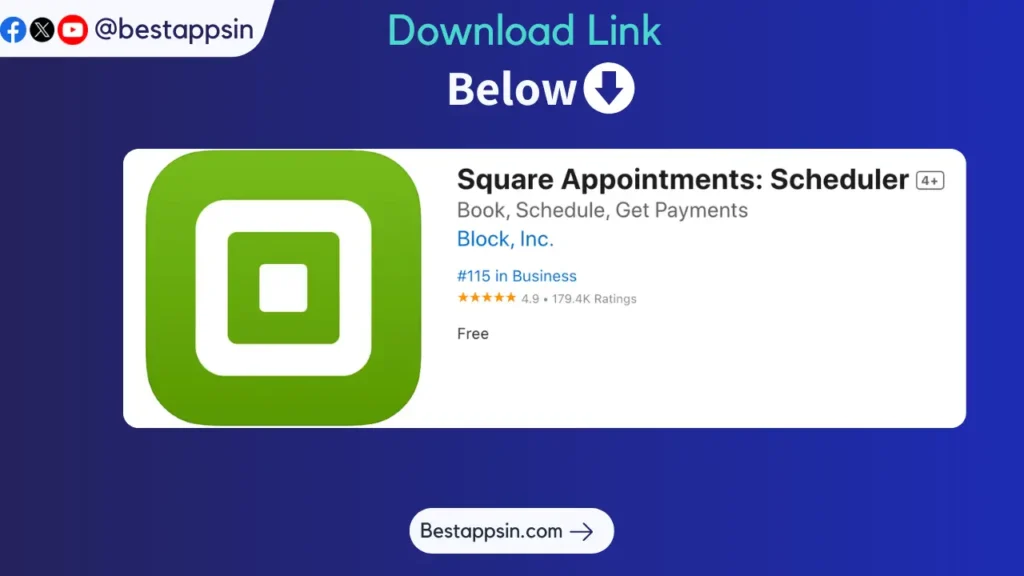
Features
- POS Integration: Directly link scheduling to payments for seamless transactions.
- Online Booking & Calendar Sync: Clients see up-to-date availability and can book instantly.
- Inventory Management: Track retail products or haircare supplies.
- Client Profiles: Store notes about style preferences and product purchases.
- Automated Billing: Generate invoices and receipts without extra hassle.
Use Cases
Square Appointments is perfect for independent beauty professionals who want a unified platform for scheduling and payment. If you sell haircare products or styling accessories, the inventory management tool is invaluable.
Pricing
- Free Plan: Basic scheduling for one person.
- Paid Plans: From $29/month for additional staff and advanced features.
Pros and Cons
| Pros | Cons |
|---|---|
| Trusted brand in payment processing | Add-ons can become expensive |
| Free plan covers basic needs | Fewer built-in marketing features |
| Straightforward inventory management | Transaction fees may apply |
Looking to simplify booking and payments in one place? Check out Square Appointments.
3. Fresha
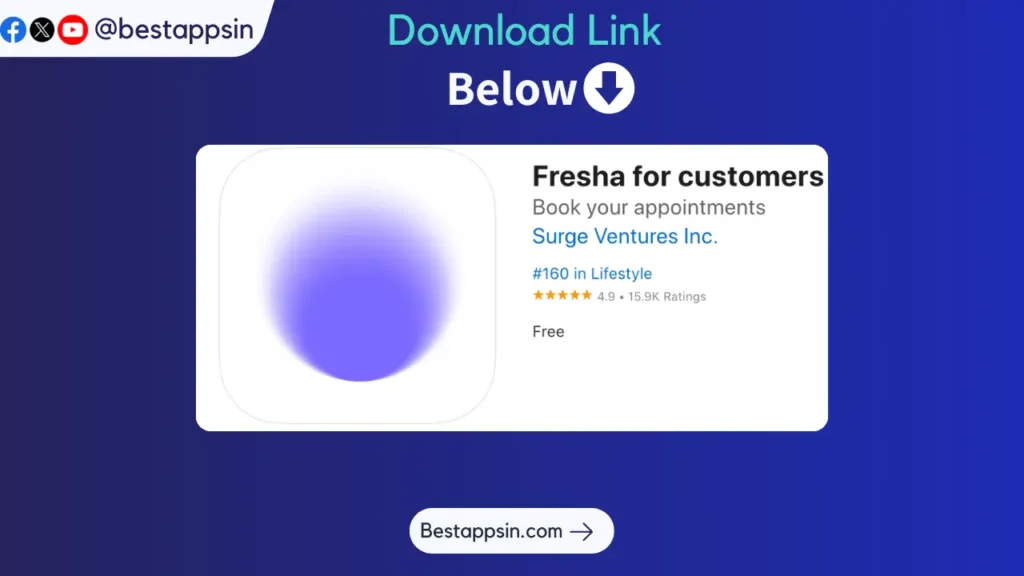
Features
- Subscription-Free Model: Core features come with no monthly fee.
- Online Booking & Calendar: Manage your appointments on a simple, intuitive dashboard.
- POS & Payment Processing: Take card payments with transparent transaction fees.
- Client Engagement Tools: Maintain client details, run promotions, and track loyalty.
- Reporting & Analytics: Access real-time data on sales, bookings, and retention.
Use Cases
Fresha appeals to appointment booking tools users who want robust features without the burden of monthly bills. It’s well-suited for solo salon owners mindful of recurring costs but needing a full-featured salon management software.
Pricing
- Subscription: Free to use; only pay a transaction fee for card payments.
- Optional Upgrades: Some marketing or advanced functionalities may come at an extra cost.
Pros and Cons
| Pros | Cons |
|---|---|
| Zero monthly subscription | Processing fees can be on the higher side |
| Clean, user-friendly interface | Offline functionality is limited |
| Good set of client retention features | Fewer customization options |
Need a budget-friendly tool with powerful features? Try Fresha today and keep your overhead low.
4. Vagaro
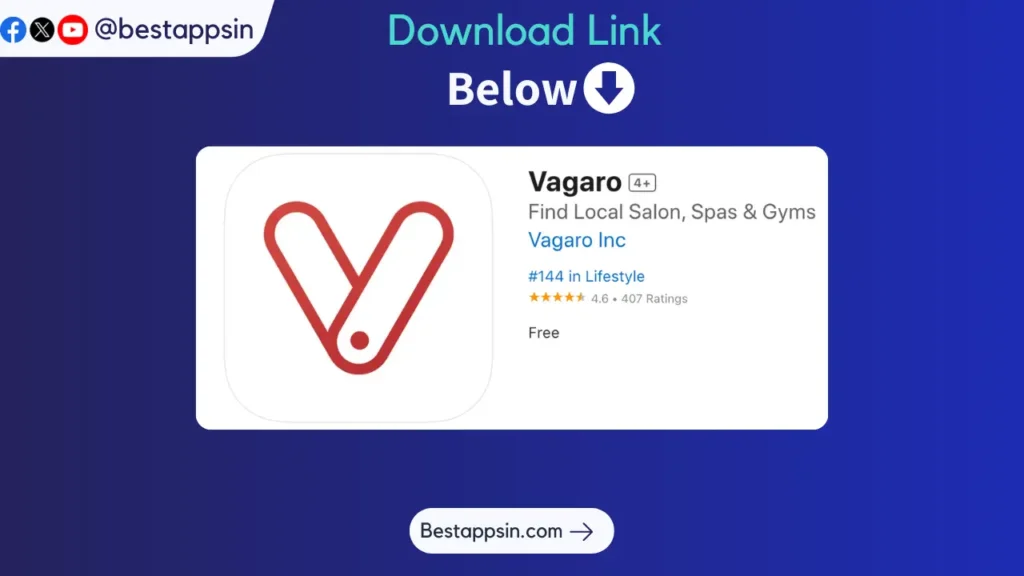
Features
- Advanced Booking System: Manage waitlists, recurring appointments, and group bookings.
- CRM & Marketing: Engage clients with email campaigns, loyalty programs, and SMS alerts.
- Staff & Payroll Management: Useful if you plan to expand beyond being a solo stylist.
- Multiple Locations Support: Helpful for independent beauty professionals who work across different salons.
- Mobile App: Access full functionality from anywhere.
Use Cases
Vagaro stands out for self-employed hairstylists who might transition into a multi-person setup. Solo salon owners also benefit from comprehensive marketing and CRM features to build a loyal client base.
Pricing
- Monthly Plans: Start at $25/month for individuals.
- Add-ons: Extra modules like text marketing or payroll management cost more.
Pros and Cons
| Pros | Cons |
|---|---|
| Feature-rich platform that supports scaling | Monthly fees can escalate with add-ons |
| In-depth reporting and analytics | The interface can feel complex at first |
| Effective multi-location management | Some marketing tools require additional purchase |
Looking for a system that can grow with your hairstyling business? Discover Vagaro.
5. QuickBooks Self-Employed

Features
- Expense Tracking: Categorize business expenses to maximize tax deductions.
- Mileage Log: Perfect for mobile hair professionals traveling to clients.
- Invoicing and Payments: Send professional invoices with an option for online payment.
- Quarterly Tax Estimates: Avoid surprises by planning ahead for taxes.
- TurboTax Integration: Seamlessly transfer data for end-of-year filing.
Use Cases
Styling professionals who need a clear financial overview benefit greatly from QuickBooks Self-Employed. It’s among the best finance apps for hairdressers looking to simplify expense management and tax obligations.
Pricing
- Monthly Subscription: Starts at around $15/month. Higher tiers add more advanced tools.
- Bundled Options: Often bundled with TurboTax for a more streamlined tax process.
Pros and Cons
| Pros | Cons |
|---|---|
| Excellent for managing business expenses | Offers minimal scheduling or client management features |
| Mileage tracking helps with on-the-go services | No direct booking capabilities |
| Tax estimates remove end-of-year guesswork | Can be a learning curve if new to accounting |
Ready for a solid grip on your finances? Explore QuickBooks Self-Employed to stay tax-compliant and stress-free.
6. Planoly
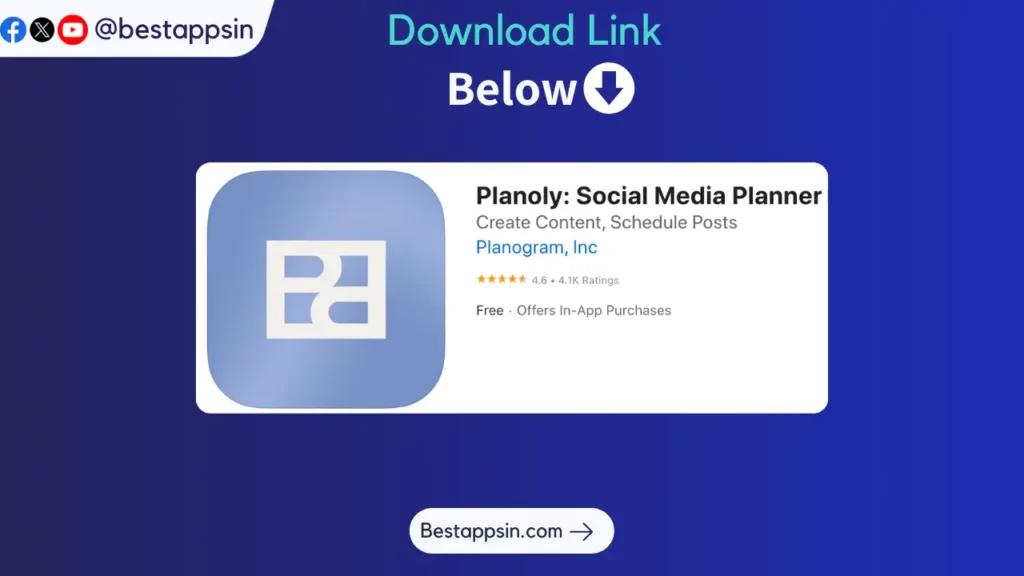
Features
- Social Media Scheduling: Plan and publish content for Instagram, Facebook, and Pinterest.
- Drag-and-Drop Grid: Curate a cohesive Instagram feed showcasing before-and-after looks.
- Content Calendar: Map out promotions or special events well in advance.
- Analytics & Insights: Track engagement to refine your content strategy.
- Hashtag Management: Save, organize, and discover relevant hashtags.
Use Cases
For beauty service providers who rely on visuals—like hairstyle transformations—Planoly helps maintain consistent branding. It’s particularly valuable for independent beauty professionals keen on growing an audience via social media.
Pricing
- Free Plan: Limited uploads per month.
- Paid Plans: $9 to $29/month, depending on the number of accounts and features needed.
Pros and Cons
| Pros | Cons |
|---|---|
| Easy scheduling and feed planning | No appointment booking or financial tracking |
| Highly beneficial for visual branding | Paid plan might be necessary for multiple platforms |
| Provides helpful content performance insights | Narrow focus on social media marketing |
Want to polish your digital presence? Optimize your feed with Planoly and showcase your best work.
7. StyleSeat
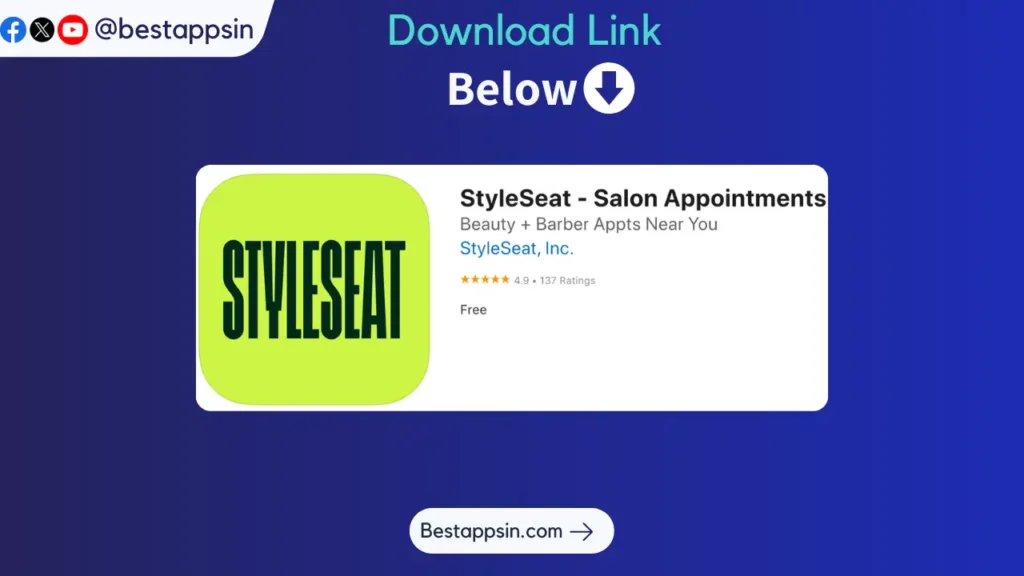
Features
- Client Discovery: Operates like a marketplace, making it easier for potential clients to find you.
- Payment & Deposits: Simple payment processing, including partial deposits.
- Automated Marketing: Email and text campaigns for re-engaging previous clients.
- Profile Customization: Display your portfolio, prices, and specializations.
- Boost Feature: Pay extra to rank higher in StyleSeat search results.
Use Cases
Great for freelance hairdressers seeking more visibility. If you’re newer to the industry or looking to expand your clientele, StyleSeat’s marketplace model can provide that initial push.
Pricing
- Monthly Subscription: Generally $35/month.
- Boost Feature: Additional fee for improved rankings on the platform.
Pros and Cons
| Pros | Cons |
|---|---|
| Large user base can attract new clients | Boost fees can be expensive |
| Simple booking and payment setup | Cancellation fees for missed appointments |
| Automated marketing tools built-in | Less branding flexibility than standalone apps |
Seeking more exposure within a dedicated hairstyling marketplace? Try StyleSeat and reach a broader audience.
8. Schedulicity
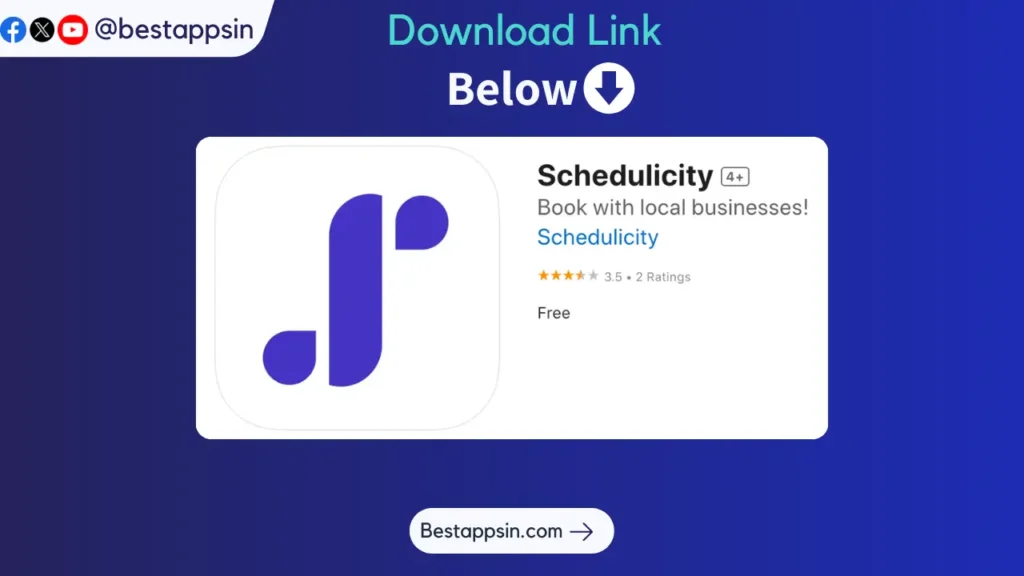
Features
- Calendar Integration: Syncs with Google Calendar or Apple Calendar.
- Unlimited Text & Email Reminders: Reduce no-shows by automating notifications.
- Class & Workshop Management: Great for styling professionals who offer group sessions or training.
- Mobile-Friendly Platform: Book, reschedule, or process payments from any device.
- Payment Gateway Integrations: Accept payments via Stripe or Square.
Use Cases
Schedulicity is ideal if you’re a solo salon owner who also hosts workshops or educational events. It combines everyday appointment booking tools with unique class and event management features.
Pricing
- Free Plan: Allows a limited number of bookings per month.
- Paid Plans: $20–$34/month for unlimited appointments; extra fees for class management or other upgrades.
Pros and Cons
| Pros | Cons |
|---|---|
| Perfect for event scheduling and group bookings | Some advanced features come at an extra cost |
| Straightforward calendar sync with other platforms | Limited CRM functionalities compared to competitors |
| Unlimited reminders keep clients on track | Less customization in interface design |
Need a versatile booking system that handles classes, too? Explore Schedulicity for all-in-one appointment solutions.
Comparison Table: Key Features at a Glance
| App | Key Function | Pricing | Ideal For | Notable Feature |
|---|---|---|---|---|
| Booksy | Full-service scheduling | $29.99/month+ | Mobile hairdressers & marketing | Strong promotional tools |
| Square | Scheduling + POS payments | Free to $29/month | Integrated payments & inventory | Leading POS system |
| Fresha | Salon management (no subscription) | Free (transaction fee) | Budget-friendly, solo salon owners | Zero monthly fee model |
| Vagaro | Comprehensive salon management | $25/month+ | Solo/multi-location stylists wanting to scale | Robust CRM and analytics |
| QuickBooks | Finance and accounting | $15/month+ | Expense tracking & mileage for mobile pros | Quarterly tax estimates |
| Planoly | Social media scheduling | Free to $29/month | Stylists focusing on branding & visuals | Drag-and-drop Instagram grid |
| StyleSeat | Booking marketplace | $35/month+ | Freelance hairdressers seeking new clients | Boosted visibility in marketplace |
| Schedulicity | Appointments + class management | Free to $34/month | Educators or stylists offering group sessions | Class/workshop scheduling |
FAQs
1. Can I use more than one app simultaneously?
Absolutely. Many appointment booking tools integrate with separate finance apps like QuickBooks. You can also use specialized platforms (e.g., Planoly for social media, Schedulicity for scheduling) to cover different aspects of your hairstyling business.
2. How do I reduce no-shows with these apps?
Most salon scheduling apps, including Booksy and Fresha, have automated reminders via text or email. Some let you require a deposit to secure bookings, encouraging clients to show up.
3. Are there free options available for new or budget-conscious stylists?
Yes! Fresha provides core functionalities without a monthly subscription, though it charges transaction fees. Square Appointments also offers a free plan for single users, making it ideal for independent beauty professionals starting out.
4. Which app is best for managing finances and taxes?
QuickBooks Self-Employed stands out for expense tracking, mileage logging, and quarterly tax estimates, especially for mobile hairdressers.
5. How can social media management tools boost my salon’s visibility?
Platforms like Planoly simplify content scheduling, helping solo salon owners maintain a consistent brand identity. Regular posting of before-and-after transformations or styling tips attracts new followers and potential clients.
Key Takeaways
- Assess your specific needs to find the right combination of hairdresser business tools.
- Test out freemium models before committing to paid subscriptions, ensuring the features align with your goals.
- Look for integrations that reduce manual work, such as syncing scheduling apps with accounting tools.
- Compare pricing structures—a free plan might be sufficient for solo stylists, but paid versions can offer more scalability.
- Stay informed on tech developments, from AI booking assistants to virtual consultations, to remain competitive.
Future Trends in Self-Employed Hairdresser Apps
- AI-Driven Scheduling Assistants
More appointment booking tools will implement AI chatbots that handle routine queries and manage last-minute changes. - Virtual Consultations & Product Demos
Expect apps to introduce live video features for remote consultations, product recommendations, and follow-up styling advice. - Advanced Data Analytics
Salon management software will continue to add analytics tools, offering deeper insights into client behavior and revenue streams. - Integrated E-Commerce
Selling hair products and accessories directly to your clients via in-app stores could become standard, enhancing styling professionals’ revenue.
By staying abreast of these trends, independent beauty professionals can evolve their businesses, ensuring they meet client expectations while optimizing operational efficiency.
Building a successful self-employed hairstyling business involves more than just talent with scissors and styling products. The best apps for self-employed hairdressers, from finance apps to social media scheduling tools, free you from administrative burdens so you can focus on creativity. Evaluate each platform’s features, try free trials, and integrate the ones that address your core challenges—whether that’s scheduling, marketing, or budgeting. Here’s to a more efficient, profitable, and fulfilling hairstyling career!
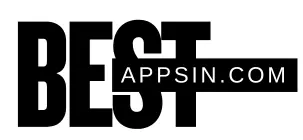
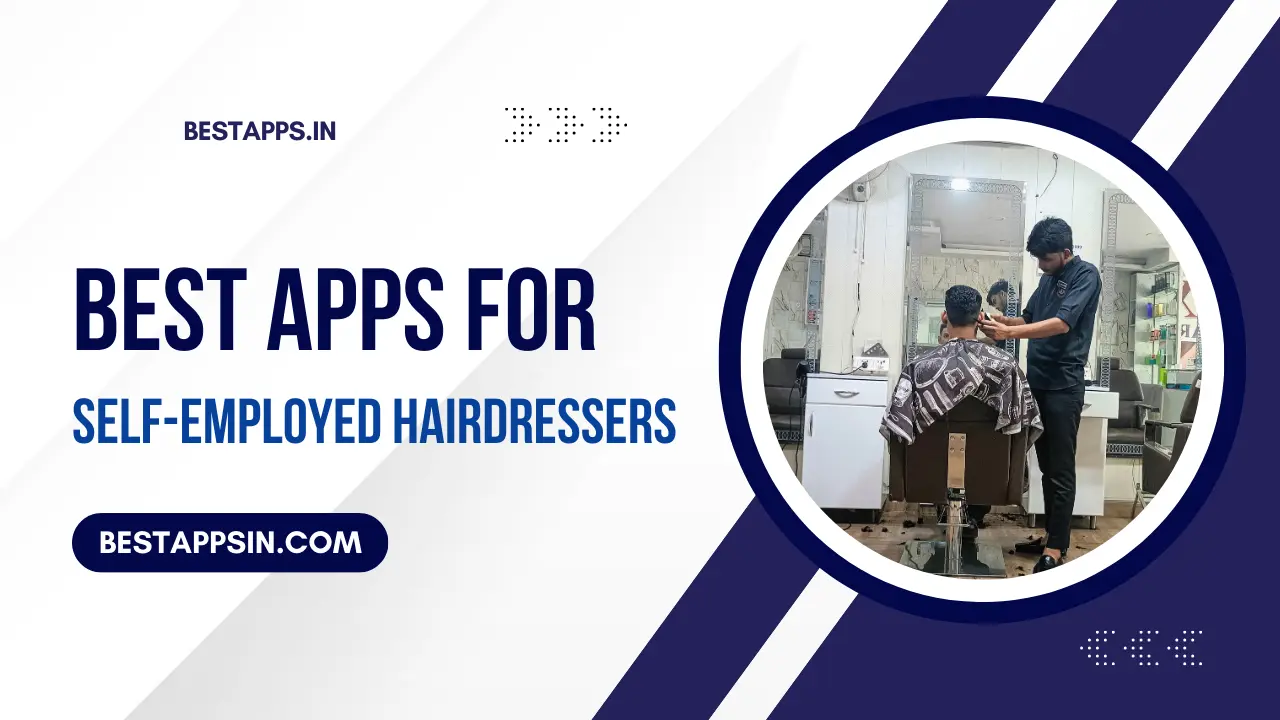


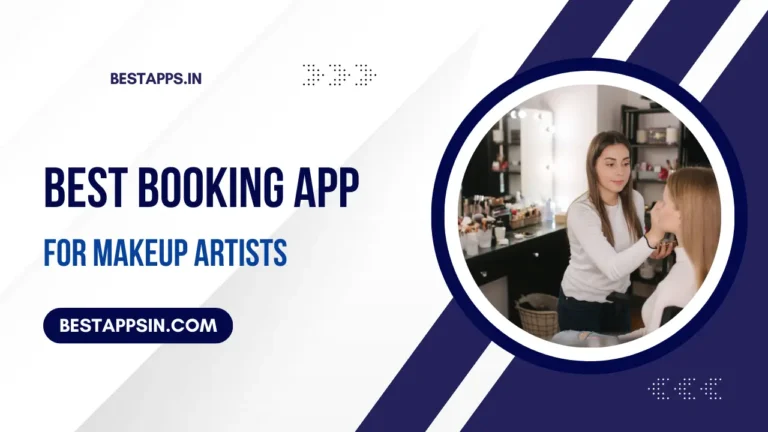
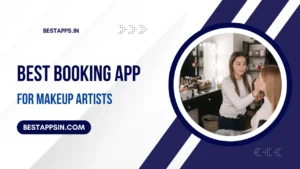
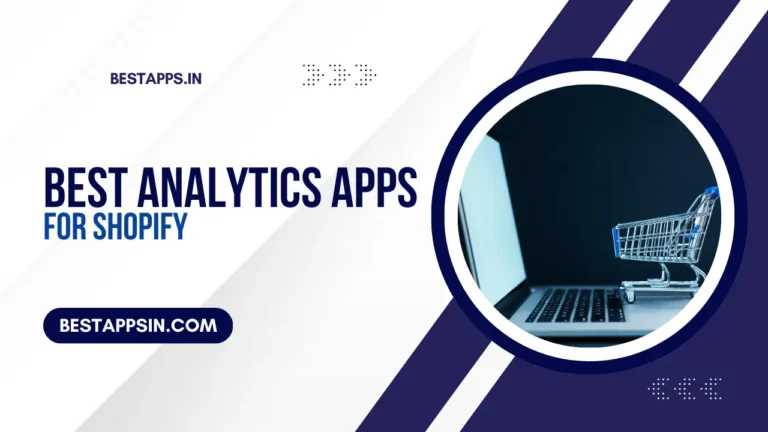
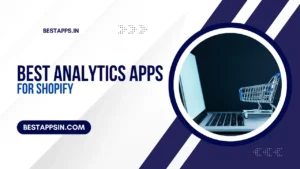
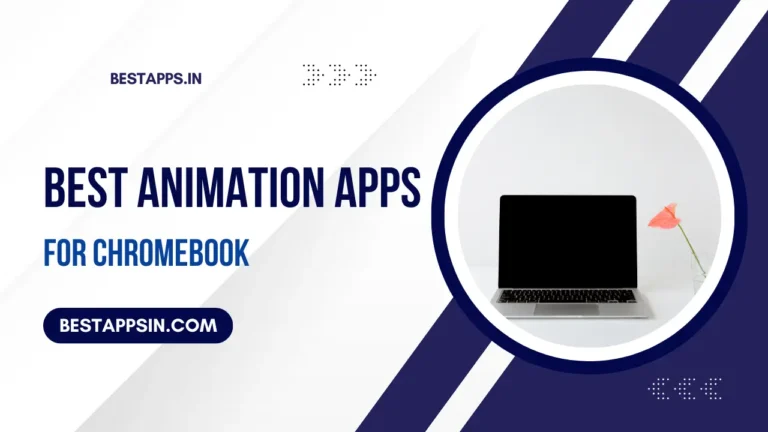
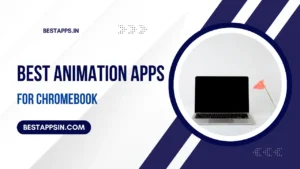
3 Comments